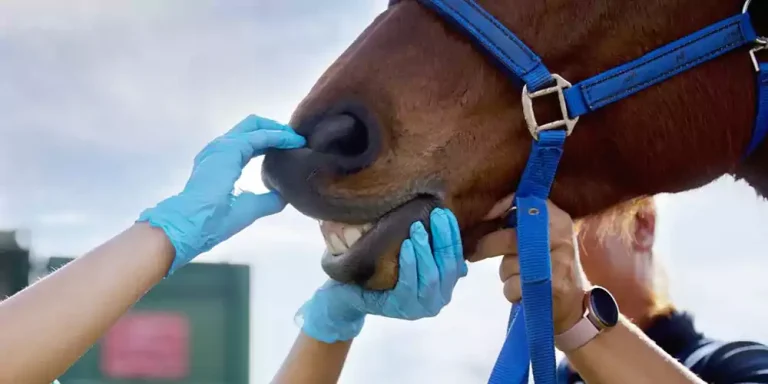Complete Fish Tank Setup for Beginners

If you’re new to the world of fishkeeping, setting up a fish tank can seem daunting. But fear not! In this guide, we’ll walk you through the basics of fish tank setup for beginners. From choosing the right tank size and equipment to cycling your tank and selecting the right fish, we’ll cover everything you need to know to create a healthy and thriving aquatic environment for your finned friends.
Get ready to dive in and discover the joys of fishkeeping! I’m Aly, and today I’ll walk you through the basics of fish tank setup for beginners, from picking the right size and location to selecting the best equipment and decor.
Discover the different types of fish and plants suitable for beginners, along with tips for feeding and maintaining a healthy environment for your aquatic pets. With my step-by-step instructions and expert advice, you’ll be well on your way to creating a beautiful and thriving fish tank in no time.
Choosing the Right Tank Size and Location
The size and location are the first things you must consider when setting up a fish tank. You should choose a tank with the right size depending on the area you want to put it in and the species you want to keep.
For example, if you are interested in keeping Axolotls, remember that these species are susceptible and can quickly get harmed, leading to fatalities. As a beginner, you can start with 20-gallon tanks to accommodate the young critters.
The location you choose to place your tank in should not get direct sunlight. For example, Axolotls have sensitive eyelids, so they need moderate lighting. Pick a spot that is away from traffic in the house.
Selecting the Best Equipment and Decor
Your aquarium should have some decor to attract the fish inside. A dull environment can create stress on your fish and other types of aquatic life. You can add plants to your tank since they provide cover and advancement to the water.
Low-light and floating plants are great, and they also provide hiding spaces. Driftwood and rocks also provide a perfect environment for the fish to hide. They also make excellent decorations that enhance the appearance of your place.
When selecting equipment, you must consider the species you want to keep. For example, most species need a filter, heater, and air pump. You should choose equipment suitable for your tank’s size and the species you plan to keep.
Adding Fish and Maintaining a Healthy Environment
Once your tank is cycled, you can add fish and maintain a healthy environment. You should feed your fish a balanced diet and avoid overfeeding them. You should also regularly monitor the water temperature and quality and perform water changes. Regular maintenance, such as cleaning the tank and replacing the filter media, is also essential to keep your fish healthy and thriving.
Give Aquarium Lighting
Paying attention to the lighting is essential because it creates a consistent cycle for your tank. Like us, fish need time to rest, so it’s a good idea to plan a regular on and off-cycle for your lighting. To make things easier, you can check if your light already has an automatic timer.
If not, getting a standard clock can help you track when to turn your light on and off. Fish and plants usually require 10 to 12 hours of light daily to thrive. However, if your tank has no plants, 6 to 8 hours of light may be sufficient.
Clean the Tank Regularly
It’s essential to clean it regularly to maintain a healthy environment for your fish. However, it’s best to wait a few days or even a couple of weeks after setting up your tank before cleaning it. During this time, try not to disturb the gravel, as it can disrupt the growth of beneficial bacteria. Also, avoid disturbing the filter during the first few weeks.
To keep your aquatic life healthy, there are several water parameters you should consider:
- Water temperature should be around 59 to 73 degrees Fahrenheit (15 – 23°C).
- PH levels should be in the range of 6.5 to 8.0.
- GH (General hardness) should be between 125-250ppm (7-14).
- DH (Carbonate hardness) should be between 53-143 ppm.
- Nitrate levels should be monitored.
- Alkalinity levels should be monitored.
Setting up an aquarium at home can be an exciting and rewarding hobby that allows you to keep different types of aquatic life. While it may seem daunting, it’s quite simple if you follow the instructions. The tips above can help you start your fishkeeping project at home. Make sure to keep these parameters at the right level.
What do you need for a beginner fish tank?
What to know about setting up a fish tank?
FAQ’s
Okay, I covered everything on the basics of fish tank setup for beginners. If you want to know more about fish or aquariums, or you want to know which one is better for you, between saltwater and freshwater aquarium, please click. Also, I wrote an article on the best fish for small tank for you.


